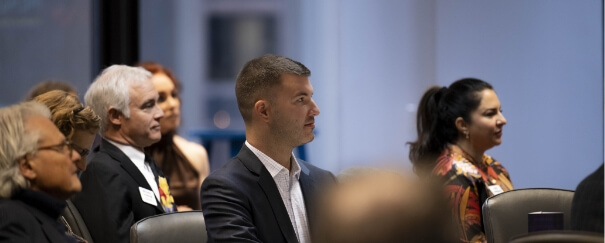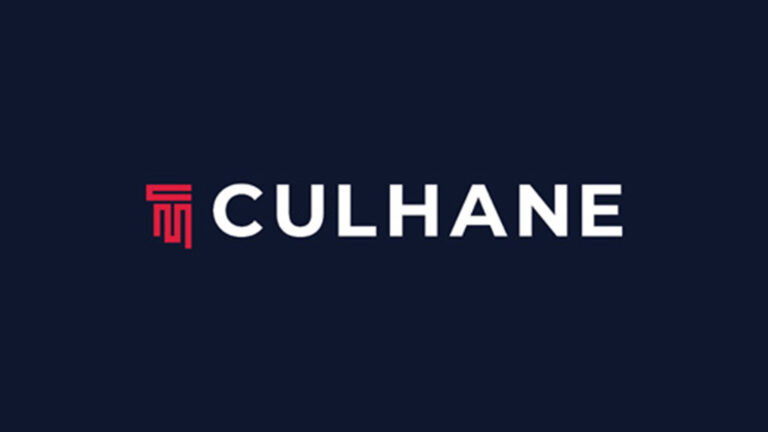- Give your developers and innovators a concise, understandable Invention Disclosure Form (IDF) – and train them how to use it – so they can identify and make a record of potentially patentable innovations, as and when they occur.
- Establish a Patent Review Committee to review the IDFs and meet with inventors – and be sure to include a leader on the business side who can address how the invention will be used, and explore the options of how to generate revenue from the invention. The Committee should always consider both infringement risk and patentability.
- Infringement risk can be analyzed by an experienced patent attorney, who may start by helping the Committee decide what type of patent search is best. The inventors may be aware of existing patents in the field or, for inventions in new technical areas, a patent search can be used to learn about the ‘state of the art’ and/or to identify those features or functions that are already patented (or patent-pending). More comprehensive and exhaustive freedom-to-operate searches may also be necessary – and should be done well before a new product that uses the invention is about to be launched.
- Patentability searches should be requested by an experienced patent attorney who will work closely with a search consultant in order to focus on the particular aspects of the invention to be searched. An overly broad search has little value. If the most promising and innovative aspects of the invention are not completely developed, then a search may be premature. A patentability search can be done fairly quickly and efficiently, and an experienced patent attorney should review the search results and provide the Committee with a verbal opinion.
- Avoiding infringement of an existing patent is not only completely lawful, it is encouraged by U.S. patent law. If you can ‘design around’ the
 claims of an issued patent, or accomplish the same result in a different way and/or using a different structure, then doing so is encouraged. If the new invention creates a potential infringement risk, then the Committee, the inventors, and the development team should work with an experienced patent attorney to avoid the patented features and minimize the risk.
claims of an issued patent, or accomplish the same result in a different way and/or using a different structure, then doing so is encouraged. If the new invention creates a potential infringement risk, then the Committee, the inventors, and the development team should work with an experienced patent attorney to avoid the patented features and minimize the risk. - Deciding whether to patent (or not) always requires consideration of this basic premise: Inventors are given exclusive patent rights in exchange for a complete and enabling written description of how to make and use the invention. If and when the application is published, or the patent is issued, the written description will be made public. Non-publication can be requested under certain conditions, in which case the patent application is not published unless and until it is granted. But when the patent issues, the written description of how to make and use the invention will become known to the public, including your competitors.
- Enforcement of patent rights should be considered early in the process, when deciding whether to seek patent protection or to explore alternative ways to protect the technology. Some proprietary technologies can be protected as a trade secret. Others can be protected through the use of agreements with other businesses that require confidentiality and carefully restrict the uses of the technology. If the technology is patented, how will you identify infringers? How difficult will it be to learn whether a competitor is using the patented technology? Once the technology is in public use, can it be easily discovered through reverse-engineering or is it hidden? Can you use the technology in a product or system without revealing how it works? What is the best and most efficient way to extract value from the technology, for the highest price, and for the longest time?
- When to file a patent application? The first inventor to file a patent application gets superior rights to the invention, so there is often time pressure to prepare and file a patent application quickly. For technology that is about to be disclosed to a potential customer, in a publication, or at an event such as a trade show, an experienced patent attorney can help write and file a patent application the same day, if necessary.
- Where to file patent applications depends on where the technology will be used, and where your competitors (also known as potential licensees) are doing business and are most likely to need the benefit of exclusive rights to the technology. Before deciding to file in a foreign country, consider whether that country offers a workable and efficient way to enforce patent rights through civil courts or otherwise. Also, keep in mind that a U.S. patent gives the owner the right to exclude others from making, using, selling, offering to sell, and importing into the U.S. any product or system that infringes one or more claims of the patent. Infringing imports can be blocked from entering the U.S. market by filing an action with the International Trade Commission.
 Scott Anderson is co-chair of Culhane Meadows’ Intellectual Property group where he is devoted to helping clients identify, protect, and generate value from their intellectual property rights. He has worked with leading innovators at global Fortune 100 companies, major research universities, and high-tech start ups, all of whom recognize that intellectual property represents a valuable and powerful intangible asset for businesses today.
Scott Anderson is co-chair of Culhane Meadows’ Intellectual Property group where he is devoted to helping clients identify, protect, and generate value from their intellectual property rights. He has worked with leading innovators at global Fortune 100 companies, major research universities, and high-tech start ups, all of whom recognize that intellectual property represents a valuable and powerful intangible asset for businesses today.












